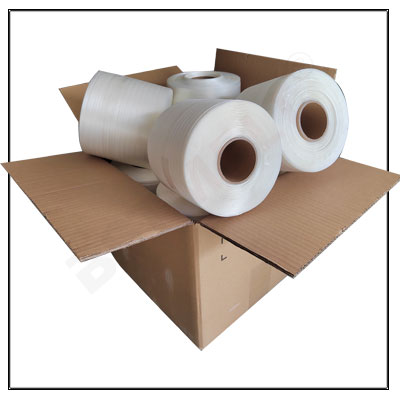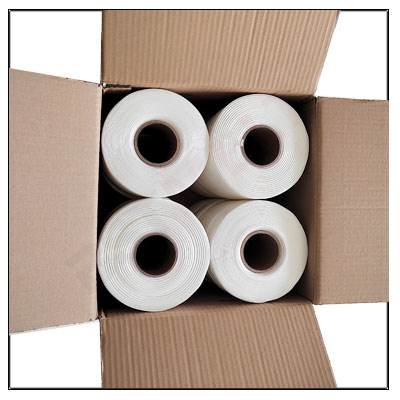- +86 136 65744767
- 09:00 AM - 5:00 PM
As industries continue to seek smarter, safer, and more efficient packaging solutions, baling strap has rapidly emerged as a preferred choice over traditional wire or steel strapping for bundling solid dry waste. Lightweight yet incredibly strong, this innovative material is setting new standards for safety and performance across the recycling, waste management, textile, and manufacturing sectors.


Baling strap, also known as baler strapping, is specifically designed for use with baling presses to securely bind large, compressed bales of materials such as cardboard, plastics, textiles, and other solid waste. In contrast to metal alternatives, baling strap offers exceptional strength without the risk of injury often associated with sharp steel edges or heavy wire.
One of the key advantages of baling strap is its lightweight composition, which makes it much easier to handle, transport, and apply compared to traditional steel wire. Workers no longer need to deal with the risks of snapping metal, recoiling tension, or heavy spools. Instead, baling strap delivers the same high-tension performance in a format that is not only safer but also more ergonomic for daily use.
In addition to being safer, baling strap has been optimized for modern bale press machinery, with a reduced outer coil diameter that fits snugly into press compartments. This space-saving feature simplifies installation and operation, making it ideal for recycling centers, warehouses, and production facilities that use compact balers or operate in tighter working areas.
Despite its light weight, baling strap offers impressive tensile strength, capable of securely holding compacted bales through storage, stacking, and transport. Its durability and stretch resistance help ensure that bales stay tightly bound over time, reducing the risk of material expansion or mess during handling.
Another major benefit is versatility. Baling strap works effectively across a wide range of dry waste materials—from corrugated cardboard and rigid plastics to compressed fabric and foam. For facilities dealing with multiple waste streams, this provides a unified, cost-effective solution that reduces the need for switching materials or tools.
With growing emphasis on workplace safety and sustainability, baling strap also supports broader operational goals. It is non-corrosive, UV-resistant, and recyclable, offering a longer shelf life and easier disposal process than wire. Its non-abrasive surface is gentle on both machinery and baled materials, minimizing wear and tear on equipment and preventing product damage.
From a cost perspective, baling strap is also more economical than many steel-based alternatives. Lower material cost, reduced shipping weight, and less expensive tools contribute to overall operational savings. Combined with its user-friendly design, companies benefit from increased productivity and reduced downtime caused by tool maintenance or employee injury.
As recycling and waste processing operations become more sophisticated, businesses are recognizing the importance of using the right materials for the job. Baling strap not only meets modern performance demands but also aligns with industry trends that prioritize efficiency, safety, and environmental responsibility.

In conclusion, baling strap is quickly becoming the go-to replacement for traditional wire and steel binding solutions. Its strong, safe, and efficient characteristics make it an ideal solution for bundling heavy-duty bales of dry waste, while its compatibility with modern baling equipment ensures reliable performance in every use.